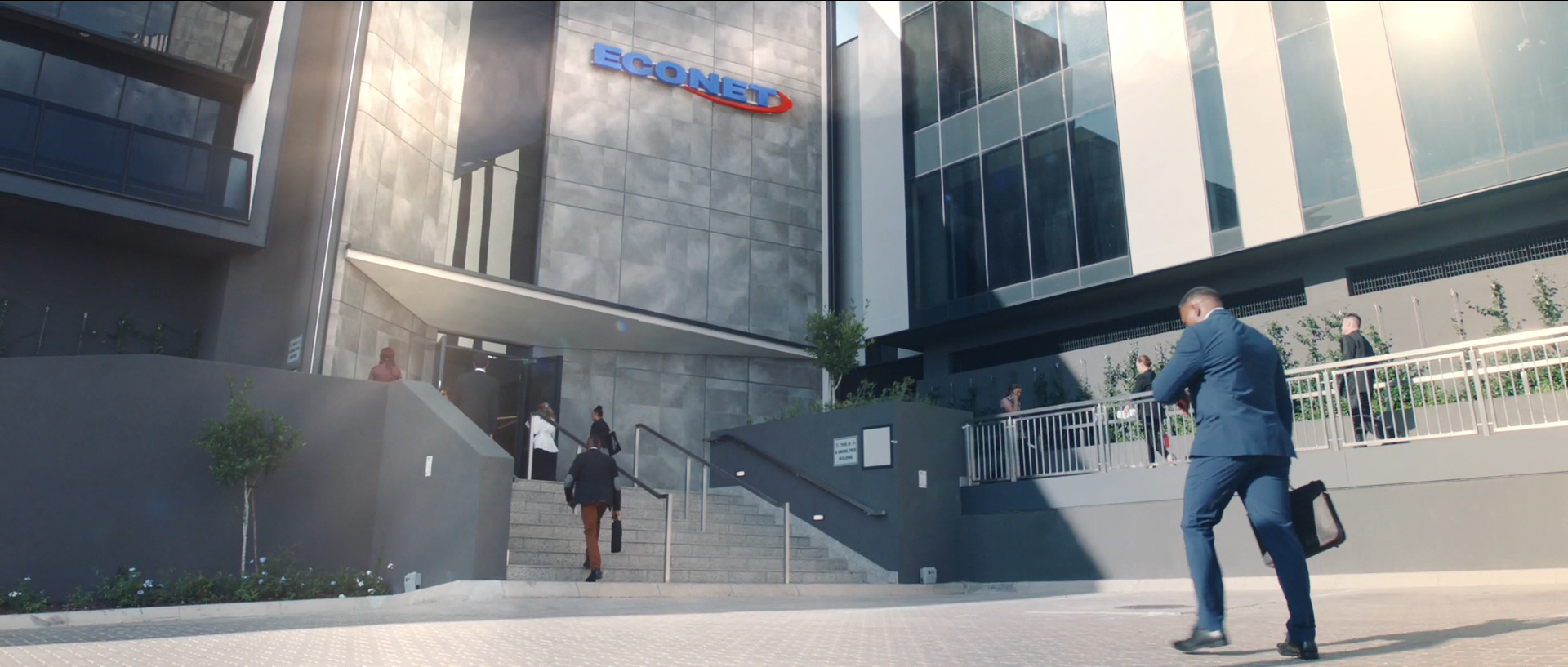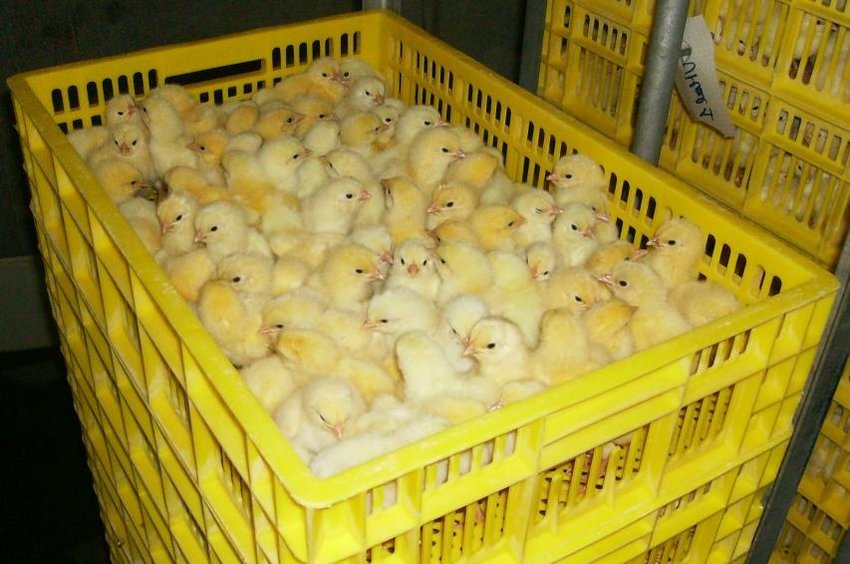Govt, Industry in win-win chicken game
In the high-stakes arena of local economic policymaking, a recent chicken game unfolded between the Government and the industry as they locked horns over a series of proposed tax measures.
During the past two weeks, talk has been of the raft measures introduced on January 1, and then the adjustments made over the weekend and you definitely heard of it and discussed it with colleagues.
Like you, I had a discussion about the situation with my colleague and discovered that, as much as both sides are happy with negotiations there is a winner, and here is why.
In economics, there is what they call game theory, where there is a version named “Chicken Game” when dealing with conflict between two people.
Chicken is the situation where two cars are driving at one another with great enough speed such that braking is not a viable option, the only options are to either swerve off, or keep driving straight. If one person swerves and the other does not, then the one who swerves is the proverbial “chicken”.
In terms of the chicken game, this clash of interests resembled a delicate dance, with both drivers veering away from a head-on collision, ultimately culminating in a win-win scenario. However, upon closer examination, it becomes evident that the government emerged as the true victor, reaping more significant benefits from the negotiation table.
The Government, armed with the responsibility of funding public services and managing the fiscal health of the nation, initially proposed a raft of tax measures that sent shockwaves through the industry.
Resultantly, the atmosphere was charged with tension as the two parties prepared to engage in a complex game of negotiation, where the stakes were not just financial but also had implications for economic growth, job creation, and overall stability.
As the negotiations unfolded, both the Government and the industry demonstrated strategic manoeuvring akin to a chicken game. In this instance, the Government’s proposed high taxes stood as a looming threat, while the industry’s resistance represented the possibility of reduced contributions to the national coffers.
The initial proposal by the Government reflected its determination to shore up revenue streams and address budgetary shortfalls. The industry, on the other hand, immediately perceived the potential adverse effects on its bottom line and swiftly mobilised to defend its interests.
As the initial stages of the negotiation played out, it became apparent that neither side was willing to back down without securing significant concessions.
In the midst of the standoff, the first swerve occurred which was a subtle but crucial shift in the Government’s stance.
Recognising the need for compromise, the Government signalled a willingness to engage in a dialogue, opening the door for a negotiation process that could lead to a mutually agreeable solution.
This strategic move showcased the government’s ability to navigate the delicate balance between assertiveness and flexibility, setting the stage for a potential win-win outcome.
The industry, perceiving the Government’s openness to dialogue, reciprocated with its own strategic swerve. Realising the potential negative repercussions of an outright confrontation, industry representatives adopted a more conciliatory tone and sought common ground with the Government.
Such a shift allowed both parties to avoid a catastrophic collision, moving them closer to a resolution that would benefit each side to some extent.
As the negotiation progressed, a critical juncture was reached where the Government proposed high taxes saw industry counteracting by negotiating to halve them.
This marked the pinnacle of the chicken game, with both parties achieving a compromise that averted the most detrimental outcomes.
Industry, by successfully reducing the proposed tax burden, secured a victory of sorts, positioning itself to maintain a competitive edge and preserve profitability.
However, a closer examination reveals that the Government, despite conceding to a reduction in tax rates, emerged as the ultimate winner in this intricate dance.
High initial tax proposal served as a strategic gambit, allowing the Government to set the negotiation parameters and create a perception of compromise when accepting a reduced tax rate. In essence, the government orchestrated a controlled retreat, ensuring that even in compromise, it secured a more favourable outcome than the industry.
Furthermore, the Government’s ability to frame the negotiation as a win-win scenario was a masterstroke. By emphasising the need for collaboration and compromise, government not only mitigated potential backlash, but also projected an image of responsiveness to industry concerns.
In analysing the aftermath of the chicken game, it becomes evident that government reaped substantial benefits from the negotiation table.
The halving of proposed tax rates, while a concession on the surface, was a calculated move to appease industry while still ensuring a substantial increase in revenue compared to the status quo.
The Government not only achieved its fiscal objectives but also demonstrated adept negotiation skills, turning what could have been a contentious battle into a diplomatic triumph.
In conclusion, the chicken game between the Government and the industry over tax measures showcased the intricate dynamics of negotiation in the realm of economic policy. Both parties engaged in strategic swerves, avoiding a collision and reaching a compromise that appeared to be a win-win scenario.
However, a deeper analysis reveals that Government, through its initial bold proposal and subsequent negotiation finesse, emerged as the ultimate victor, securing more significant benefits while preserving the delicate balance between economic stability and industry competitiveness.
This case serves as a compelling illustration of the complexities inherent in economic policymaking and the art of negotiation in the face of conflicting interests.
Tapiwanashe Mangwiro
Tapiwanashe Mangwiro is a resident economist with the Business Weekly and writes this in his own capacity. @willoe_tee on twitter and Tapiwanashe Willoe Mangwiro on LinkedIn-ebusinessweek











